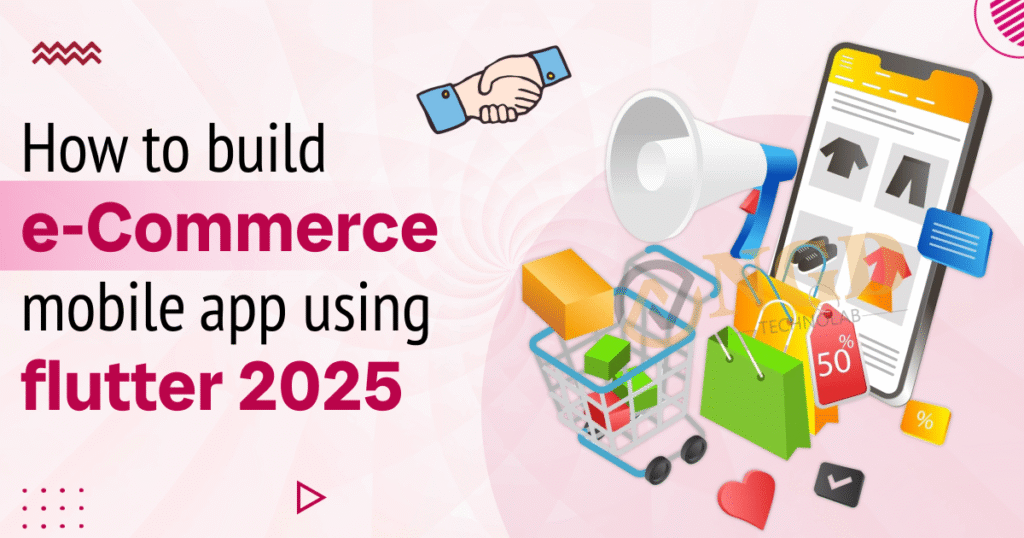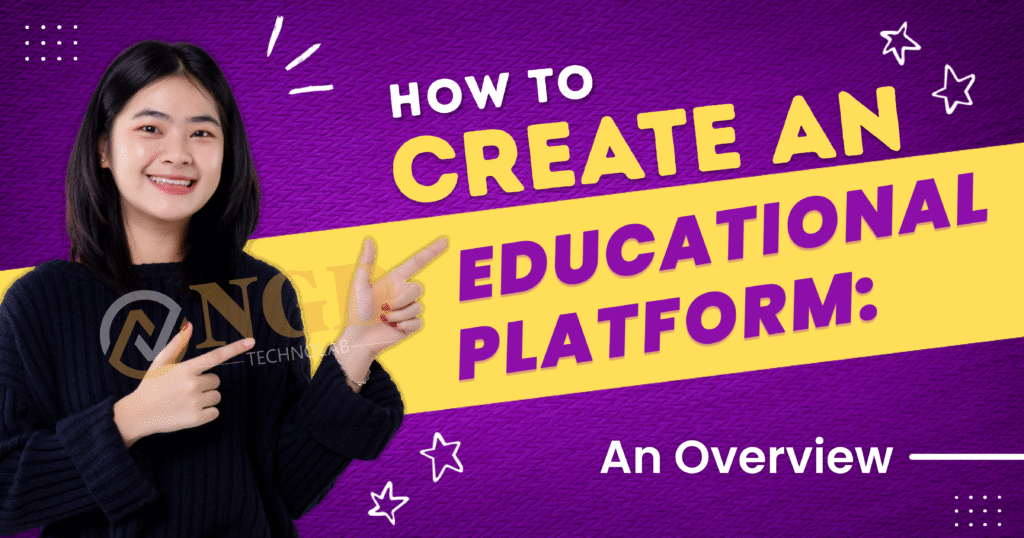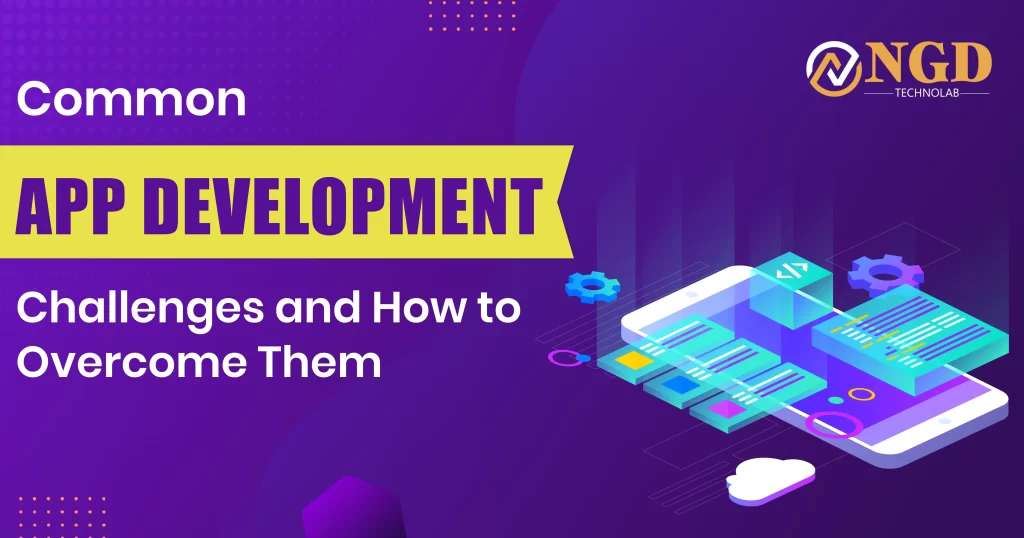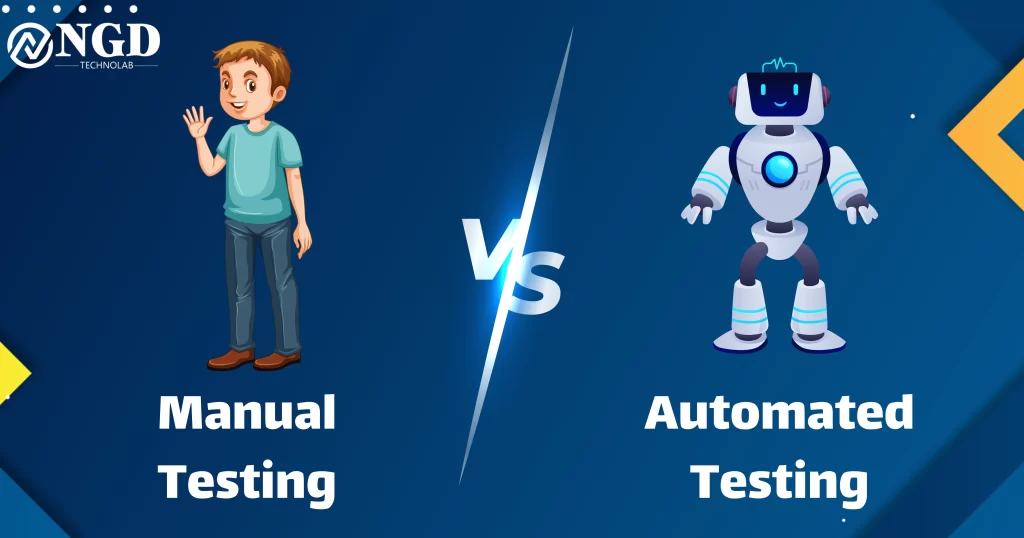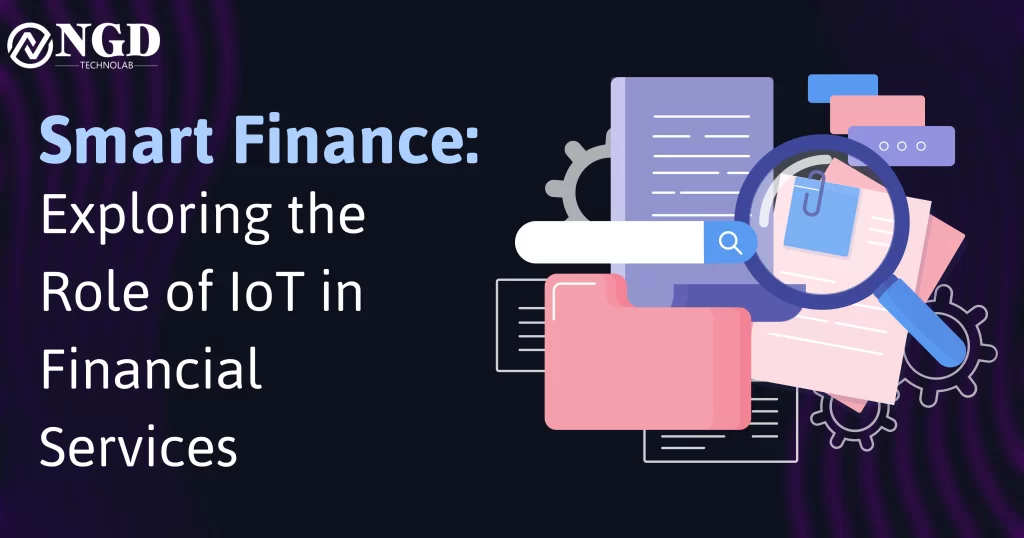How to Use AI and ML to Detect and Reduce App Crashes and Bugs
How to Use AI and ML to Detect and Reduce App Crashes and Bugs Harshid Patel Edit Template App crashes and bugs are the top reasons users uninstall mobile apps within seconds of installation. Even a small performance glitch can destroy trust and reduce retention. Modern digital businesses must ensure apps work fast, stable, and error-free. Artificial Intelligence (AI) and Machine Learning (ML) make this possible by detecting issues before they impact users, speeding up debugging, and improving overall app performance. This blog explains how AI and ML can help reduce crashes, fix bugs automatically, and keep mobile apps running smoothly on all devices. Table of content Add a header to begin generating the table of contents AI Provides Real-Time Crash Detection and Quick Fix Actions AI monitors apps continuously and detects crashes the moment they occur. Instant Crash Alerts with Detailed Reports AI automatically tracks errors with exact details like device information, OS version, slow API responses, and user actions that triggered the crash. This saves hours of manual analysis and improves response time. Finds Root Causes Faster Machine Learning algorithms identify patterns behind recurring crashes. Instead of only showing the error, AI helps developers understand why the crash happened, leading to faster and more accurate fixes. Reduces User Impact Significantly With immediate error tracking, development teams can fix issues before large groups of users face the same problem. This prevents negative reviews and uninstall spikes. Predictive Analytics Prevent Crashes Before Release ML uses past data to predict future problems and avoid sudden failures. ML Learns From Crash History AI analyzes all previous errors and identifies risky modules or actions. If a similar situation might happen again, AI alerts developers early to prevent crashes before users see them. Improves App Stability Across Devices Predictive models track behavior differences across operating systems, network conditions, and devices. This ensures smooth performance for Android and iOS users globally. Reduces User Churn and Protects Reputation Apps that rarely crash receive better ratings, more downloads, and stronger retention. Predictive protection plays a major role in keeping users satisfied long-term. Also to read:- How to Enhance Your Mobile App Using Real User Feedback Automated Bug Fixing Saves Time & Development Cost AI automates repetitive debugging tasks and reduces developer workload. Self-Healing Capabilities in Apps ML can automatically correct minor bugs, optimize slow functions, and restart crashed components without user interruption. This ensures apps remain stable even before updates roll out. Faster Development Cycles Since AI handles repeated issues, developers can focus on building advanced features and UI improvements. This results in frequent updates and better user experience with lower cost. Better Quality Control Automated bug fixes reduce the risk of introducing new errors while editing code manually. AI ensures every update improves the app—not breaks it. Smarter QA Testing with AI Automation AI upgrades testing accuracy and performance during development. Advanced Test Coverage AI replicates real user behavior with simulations, helping uncover hidden UI/UX bugs that human testers may overlook. This ensures complete quality testing before launch. Continuous Testing With Every Update When developers add changes, AI re-tests the entire system automatically to ensure compatibility. This prevents crashes after new feature releases and OS updates. Saves Time & Improves Release Quality Test automation speeds up the delivery cycle, enabling quicker deployment while maintaining strong performance and reliability for all users. Performance and Security Optimization Through ML Insights AI helps apps perform better and stay secure from crash-inducing risks. Detects Performance Bottlenecks Early AI tracks issues such as slow APIs, memory leaks, and overheating. It highlights optimization points that help improve loading speed and screen response time. Prevents Security Bugs That Cause Failures ML instantly identifies unusual login attempts, harmful requests, or suspicious behavior that could break the app. This ensures safe and crash-free user experience. Improves Device Compatibility AI ensures your app adapts smoothly to different models, screen sizes, and OS upgrades—delivering consistency to a wide audience with zero manual effort. Conclusion AI and ML bring a smarter, preventive approach to app maintenance. They detect crashes instantly, automate bug fixing, analyze performance, and prevent security threats. With these advanced technologies, businesses can avoid uninstall risks, improve user satisfaction, boost ratings, and deliver future-ready mobile apps. The companies that implement AI-powered app monitoring today will lead the competitive market tomorrow with confidence and trust. Frequently Asked Questions Why mobile apps crash frequently? Common reasons include memory overload, coding issues, network problems, and device compatibility errors. How does AI help reduce app crashes? AI tracks errors in real time, predicts future bugs, and ensures quick fixes to deliver a stable experience. Does ML improve app security? Yes. Machine Learning detects suspicious activities and prevents attacks that may cause app failure. Can automation reduce app maintenance costs? Absolutely. Automated debugging and testing save developer time and lower long-term maintenance expenses. How does AI improve app ratings on the Play Store or App Store? When users experience smooth performance and fewer crashes, they leave better reviews, improving ranking and installs. Get Free consultation and let us know about your custom web and Mobile App project idea Over 13+ years of work experience, we have built 210+ web and mobile apps We can help you with Dedicated Developer delivering high-quality development Custom Mobile App Development Innovative Solution For Startups and Enterprise Contact Us Edit Template Latest Blogs Explore the Latest Blogs on Trends and Technology. How to Use AI and ML to Detect and Reduce App Crashes and Bugs Read More How to Enhance Your Mobile App Using Real User Feedback Read More How Mobile Apps Use AI to Give Smart Replies and Quick Support Read More Edit Template
How to Use AI and ML to Detect and Reduce App Crashes and Bugs Read More »


